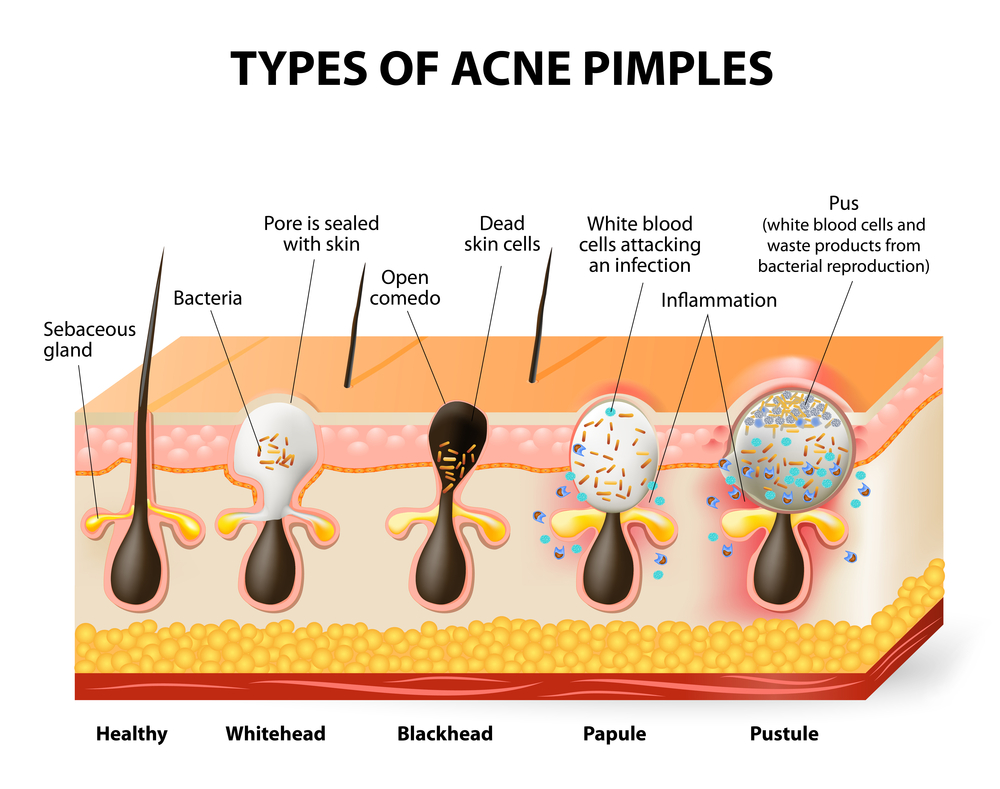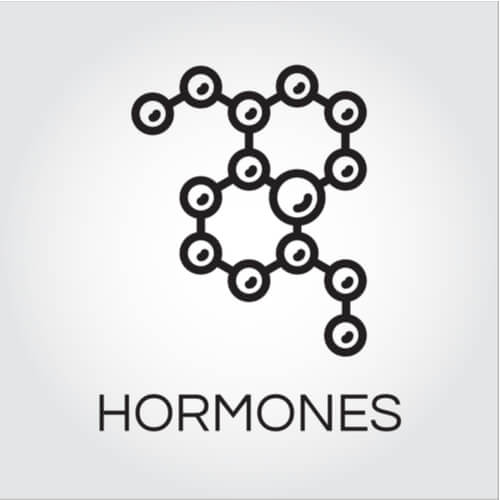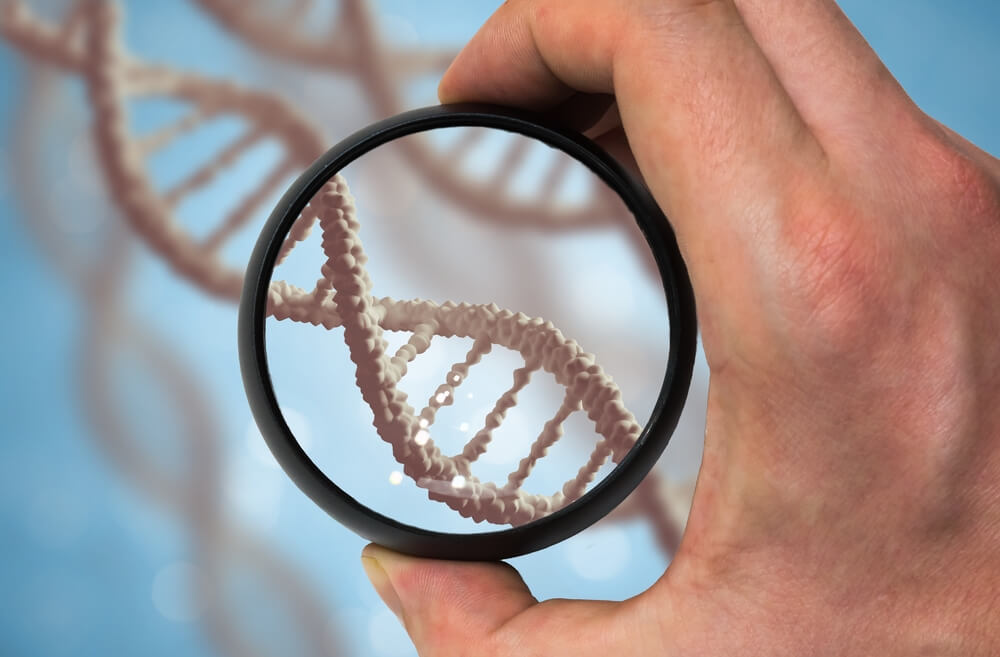
Why does acne happen?
Contrary to popular belief, acne is caused by overactive sebaceous glands in the skin, not bacteria. We develop acne in our face, neck and back regions because higher concentrations of these glands are found in these locations. The sebaceous glands are sensitive to the hormone androgen, and higher levels of androgens stimulate more sebum (oil) production. Although androgen is a male hormone, both men and women have this hormone. Production of androgen is highest during puberty, but it is always present in the body and can be increased by stress.
Excess oil can also be a magnet for dirt, makeup and environmental toxins that provide a perfect canvas for clogged pores and create ideal environments for bacterial overgrowth.
Scientists understand that sebum is essential for a healthy skin balance, however, when combined with the rapid shedding of hair follicles, the pore can become clogged. As a result, the sebum becomes trapped, creating whiteheads and blackheads. Commonly, genetic predisposition for high levels of androgens and rapid follicle shedding creates the opportunity for Propionibacterium acnes (P. acnes)—bacteria from normal skin flora – to grow rapidly, resulting in inflammation, and acne pustules.







